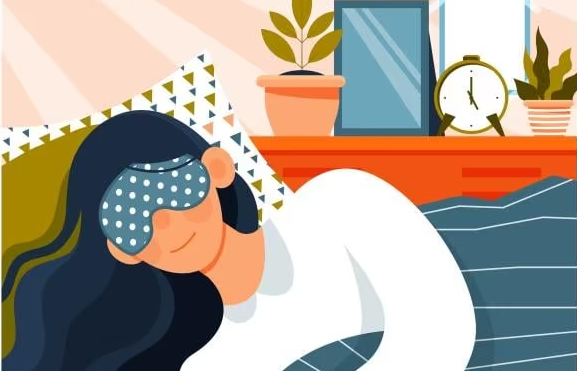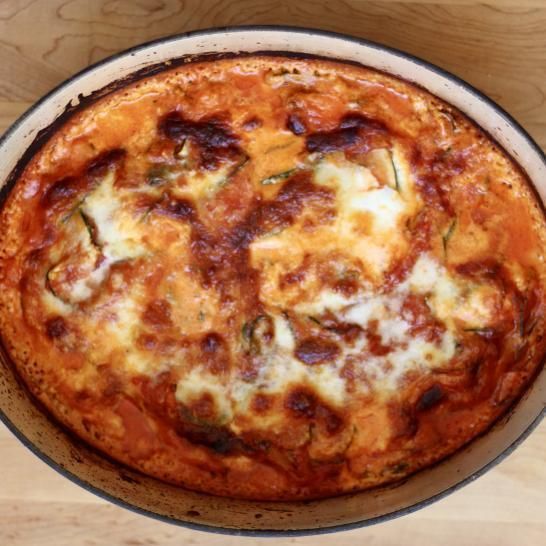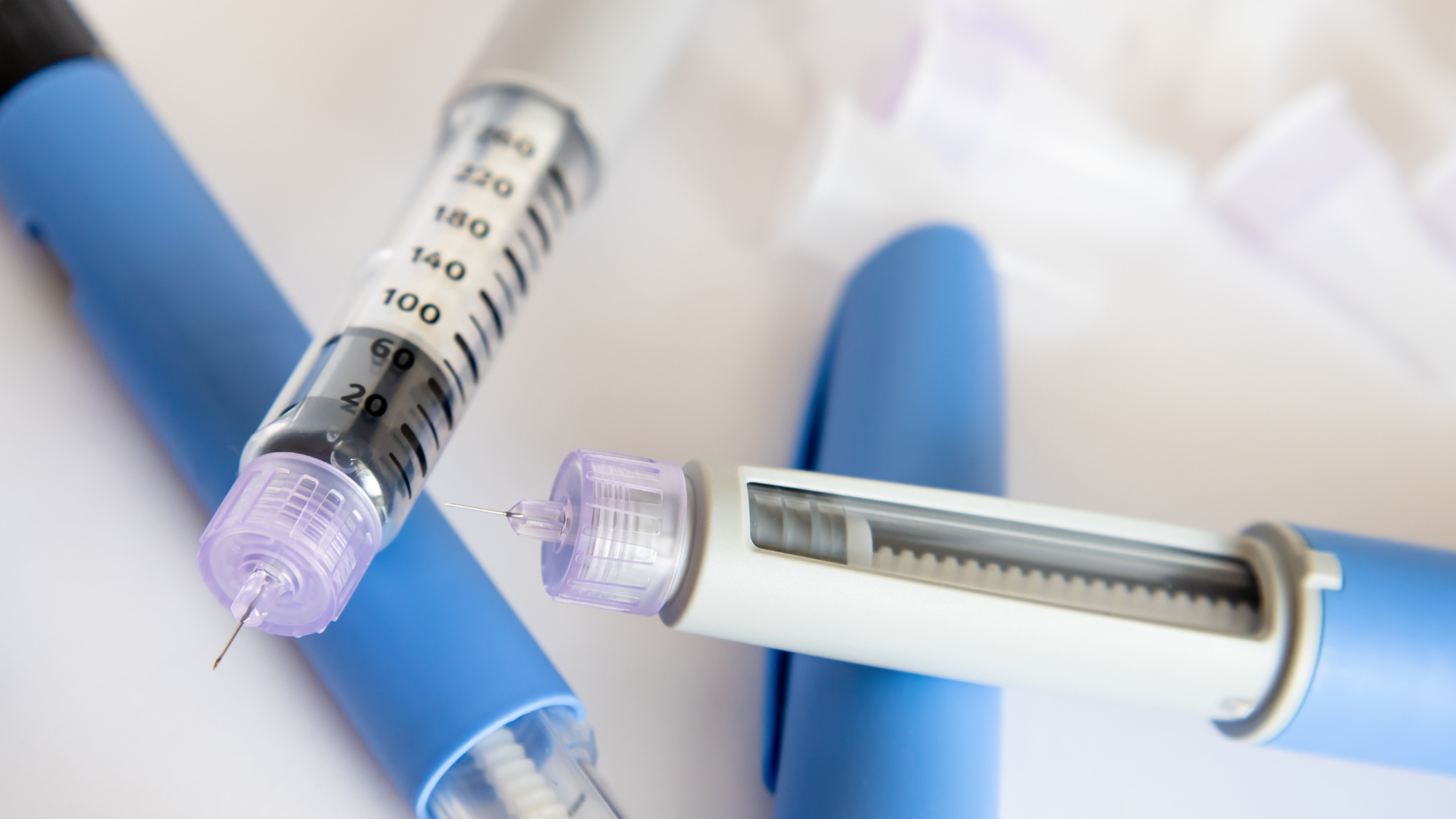High Blood Sugar at Night: What To Do
Managing High Blood Sugar at Night: Tips and Strategies for Better Sleep and Diabetes Control
Key takeaways:
- High blood sugar at night – and in the morning – can be caused by meal and insulin timing, along with hormonal effects like the dawn phenomenon.
- Automated insulin delivery (AID) can help manage overnight highs.
- Tracking glucose with a CGM or glucometer before bed, overnight, and in the morning can reveal patterns and guide management.

For people with diabetes, more than 42 factors can affect glucose levels – including how the body responds at different times of day. Nighttime can be especially challenging. Some see high levels overnight, while others fear or experience a drop in blood sugar during sleep.
Overnight high blood sugar levels (hyperglycemia) can be caused by food choices during the day, insulin dosing, bedtime snacks, the dawn phenomenon, and stress, among other contributors.
Keeping glucose in range overnight can improve sleep and help you feel better. A good night’s sleep also supports better diabetes management the next day. Here are some tips for avoiding high blood sugar at night and improving your rest.
Symptoms of high blood sugar at night
If your blood sugar is high at night, you may experience symptoms of hyperglycemia. Unlike hypoglycemia (low blood sugar), which is when glucose levels drop below 70 mg/dL, hyperglycemia isn’t defined by one specific glucose level. While many people with diabetes aim to keep blood sugar levels below 180 mg/dL during the day, some people aim for the lower range of 120 or 140 mg/dL at night when they are not eating.
At night, symptoms of hyperglycemia include:
- Poor sleep
- Waking up often to urinate or to drink water
- Headache
- Dry mouth
- Nausea
Other symptoms of hyperglycemia that you may experience during the day or night include:
- Frequent and excessive urination
- Extreme thirst
- Blurry vision
- Confusion
- Weakness
- Shortness of breath
Is it safe to sleep with high blood sugar?
Glucose levels that are occasionally a little high at night generally don’t pose serious, immediate health concerns. Most people with diabetes cannot avoid some high glucose levels. However, frequent or long-term highs – particularly extremely high levels (above 250 mg/dL) – can be dangerous. It is important for people with diabetes to reduce high blood sugar as much as possible for two key reasons:
- Frequent hyperglycemia can lead to major health complications caused by damage to blood vessels and nerves, which can affect your eyes, heart, kidneys, nerves, and other organs. This occurs when glucose levels are too high over a long period of time.
- Very high glucose levels can be a sign of diabetic ketoacidosis (DKA), which is when high levels of ketones in the blood indicate that there isn’t enough insulin in your body. This occurs mainly in people with type 1 diabetes and can be life-threatening.
Why does blood sugar go up at night?
Many factors can cause your blood sugar to increase at night, including what food you ate during the day, how much and when you exercised, whether you ate snacks before bed, the timing of your insulin doses, and your stress levels.
Some of the most common causes of high blood sugar at night include:
- Eating too close to bedtime. Whether you’re snacking or eating a late dinner, a post-meal glucose spike can lead to high blood sugar levels overnight. In particular, high-fat, high-carb meals (like pizza or pasta with creamy sauces) might delay glucose absorption, causing an extended period of high glucose levels.
- Missed medication. If you have type 2 diabetes, a treatment plan that doesn’t adequately address your nighttime insulin resistance or missed doses of your glucose-lowering medication can cause high blood sugar levels at night (and often also during the day).
- Over-correcting low glucose before bed. If you need to bring your glucose levels back into range before sleep, take just enough glucose to stabilize your blood sugar. Quantity-limited low snacks (like glucose tablets or small candies) that will raise your blood sugar by a specific amount can be very helpful.
- Not enough insulin. Another possibility is that your insulin levels may be inadequate during the night. Depending on the dose and timing of your basal (longer acting) insulin, it may not last in your body until the morning. Another cause is taking less insulin before bed due to fear of low blood sugar overnight.
- The dawn phenomenon: The dawn phenomenon occurs early in the morning when your body naturally signals the liver to produce glucose, giving your body the energy it needs to wake up. The hormonal changes associated with the dawn phenomenon is natural and happens to people with or without diabetes – though those without diabetes do not experience hyperglycemia. If you take injected insulin or use a pump, you may need to try a new basal insulin or adjust the timing and amount of your dose to cover an early morning rise. Using an automated insulin delivery (AID) system that automatically increases insulin rates in the early morning while you sleep can help address rises in blood sugar caused by the dawn phenomenon.
Keep in mind this is not a comprehensive list; there are more than 42 factors that can affect blood sugar.
You can also experience different patterns of high blood sugar at night. For example, you may start with high glucose when you go to bed. Or, you start the night in range (between 70-180 mg/dL) but go high several hours later. Or maybe you spend most of the night in range until the hours just before you wake up. It’s possible to experience a combination of these events – you may have high blood sugar levels at various points throughout the night.
By identifying your body’s patterns, you can figure out what is causing your high blood sugar and plan strategies for how to address it. Using a continuous glucose monitor (CGM) can be a big help in establishing trends in blood sugar spikes and seeing how food, physical activity, and stress levels are affecting your blood sugar levels throughout the night. An AID system is also an essential tool for helping keep you in target range during sleep.
If you don’t have a CGM, the more frequently you can take blood sugar readings the better. It’s important to share your nighttime glucose observations with your healthcare team so that you can find the best ways to stabilize your blood sugar during the night.
How to keep your blood sugar in range overnight
The most important thing you can do to keep your blood sugar in range is to monitor your glucose levels at bedtime, during the night (a CGM is especially useful for this), and when you wake up to look for patterns. This will help you determine what’s going on in your body and how you can manage it with help from your healthcare team.
Here are some strategies that can help keep blood sugar in range at night:
- Check your blood sugar (or CGM) before bed. If it’s already high, it may remain high throughout the night. To address this, you’ll want to start by adjusting when you eat your evening meal and what it consists of, and how much mealtime insulin you take.
- Avoid large or high-carb snacks after dinner.. For former diaTribe writer Adam Brown, the key to staying in range overnight is eating low-carb dinners earlier in the evening, with no snacking after dinner. For some people, a small snack before bed (with a small dose of insulin, if appropriate) can help keep glucose levels in range throughout the night and avoid an early morning high. Other people may do better without a bedtime snack.
- See what your blood sugar was during the night. If you use a CGM, check what your blood sugar was between midnight and 3 a.m. If you were in range before bed but had high glucose levels in the middle of the night, talk with your health care team about whether your evening mealtime insulin dose needs to be adjusted.
- Check your blood sugar (or CGM) when you wake up. If you were in range before bed and between midnight and 3 a.m. but have high blood sugar in the morning, you may be experiencing the dawn phenomenon or running out of insulin (or other medication).
- Consider using an AID system: Most AID systems automatically adjust insulin doses every five minutes, meaning you can sleep without having to worry as much about high blood sugar overnight.
- Talk with your healthcare team. If you take insulin, speak with your healthcare team about the optimal nighttime insulin regimen for you. If you have type 2 diabetes and are taking glucose-lowering medications, talk with your healthcare team to make sure that your treatment plan addresses overnight hyperglycemia.
Bedtime snacks for people with diabetes
For some people, a healthy bedtime snack helps prevent glucose swings during the night. By eating a small snack that is full of protein and healthy fats (and low in carbohydrates), your body may be better able to avoid an overnight high. If you take insulin, be sure to cover the carbohydrates in your snack, even if it only requires a small dose of insulin.
Some nutritious before-bed snacks include:
- Plain nuts or seeds (try eating a small handful)
- Raw vegetables, such as carrots, celery, cucumbers, or tomatoes, with a small amount of hummus or peanut butter
- Plain yogurt (add berries or cinnamon for flavor)
- Chia seed pudding
Remember, a bedtime snack is only helpful for some people. To see if it works for you, you’ll have to carefully monitor your glucose levels before bed, during the night, and when you wake up.
What should your blood sugar be when you wake up?
The goal of diabetes management is to keep your blood sugar levels in range as much as possible. This means that when you wake up, you want your glucose to be in range and stay in range throughout the day.
For many people with diabetes, the overall target glucose range is between 70 mg/dL to 180 mg/dL (3.9 to 10.0 mmol/L). To start the day strong, the American Diabetes Association recommends that you aim to wake up with glucose levels between 80-130 mg/dL.
How to lower morning blood sugar
Whether a morning high is caused by the dawn phenomenon or something else, here are a few things you can try to lower your blood sugar levels:
- Physical activity when you wake up can help bring your glucose levels down. Even going for a short walk can be helpful.
- Eating a light, low carb breakfast can help keep a morning high from increasing even more. Taking the appropriate amount of mealtime insulin will also help lower your blood sugar.
Eating plans such as intermittent fasting and time-restricted feeding can also help people keep morning blood sugar levels in range.
The bottom line
Nighttime hyperglycemia can be a concern for people with diabetes, but there are a number of strategies that can help prevent it. AID systems are great for managing hyperglycemia (as well as preventing overnight lows) and keeping you in your target glucose range overnight. If you’re not using an AID system and are dealing with frequent high blood sugar overnight, speak to your healthcare provider about which strategies can help balance out your glucose levels and let you get a good night’s sleep.
Healthy Bites















